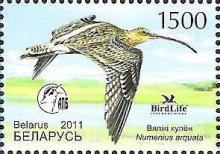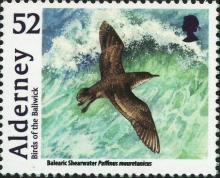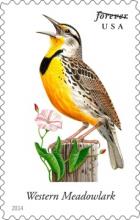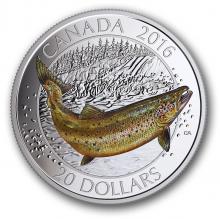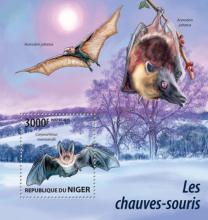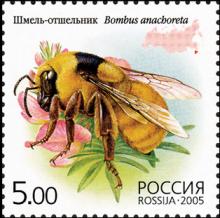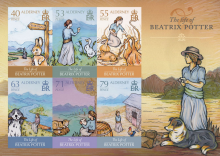Wildlife campaigner Mary Colwell is raising awareness of the declining numbers of curlew
A WILDLIFE campaigner is in the middle of a 500-mile challenge to walk across Britain and Ireland to raise awareness of the declining numbers of curlew (Numenius arquata). Mary Colwell is also a writer and producer and she began her walk on April 21 in Ireland and will finish on May 29 in Lincolnshire. Mary is raising awareness of the endangered curlew, which became a red-listed species in December 2015.

